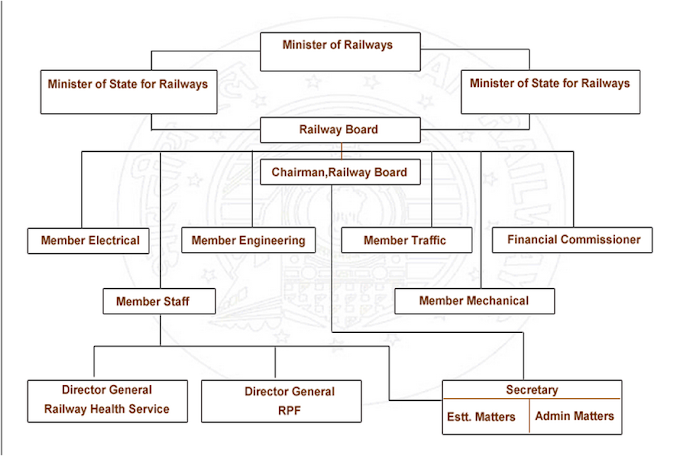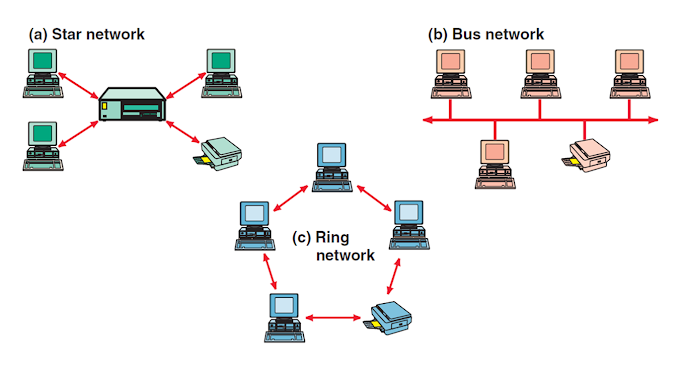Case study on Barista
Which way to go? (Various
marketing issues)
Relevant Management Topics: Positioning, Marketing Management, Distribution, Business Strategy, Pricing, Evolving Market
Relevant Management Topics: Positioning, Marketing Management, Distribution, Business Strategy, Pricing, Evolving Market
This
case provides an interesting situation for management students to discuss and
analyze. It addresses a number of marketing and strategic issues like branding,
brand extension, international expansion, distribution, franchising, pricing
and positioning to name a few. What is very interesting about this case is that
it identifies typical problems associated with formulating strategies in a fast
evolving market with competition expected from all over the world. With each
new entrant, the industry structure and market dynamics changes. What is
introduced as an up market product does not remain one or does not want to remain
one because of loss of volumes to new players who have introduced cheaper
products. This happened in the auto industry and it is happening in the coffee
café industry in which Barista is participating.
Another interesting issue for management students to discuss and analyze is how fast a company should try to grow? Should volumes be the key focus? It is felt that a lot of companies in an effort to increase their volumes try to dilute and/or tamper their positioning resulting in serious problems.
The case also deals in a small way with the entry of strategic investors who have their own agenda. Also, there could be some cultural issues involved. Of course, a case study is like a Pandora’s Box. I have seen students identify issues which I have never thought of before and come up with interesting alternative solutions.
Competitive strategies proposed by Porter, Rise and Trout as well as the concept of positioning can be very effectively applied to this case.
March-April 2003: The top management of Barista is under a lot of pressure from different directions. Some of the pulls and pressures are:
Another interesting issue for management students to discuss and analyze is how fast a company should try to grow? Should volumes be the key focus? It is felt that a lot of companies in an effort to increase their volumes try to dilute and/or tamper their positioning resulting in serious problems.
The case also deals in a small way with the entry of strategic investors who have their own agenda. Also, there could be some cultural issues involved. Of course, a case study is like a Pandora’s Box. I have seen students identify issues which I have never thought of before and come up with interesting alternative solutions.
Competitive strategies proposed by Porter, Rise and Trout as well as the concept of positioning can be very effectively applied to this case.
March-April 2003: The top management of Barista is under a lot of pressure from different directions. Some of the pulls and pressures are:
·
To increase volumes by cutting prices by nearly
25%. For instance, the price of standard cappuccino coffee should come down to
Rs. 30 from Rs. 40, Frappe from Rs. 55 to Rs. 40 and classic cold coffee from
Rs. 45 to Rs. 33. Such a step could send confusing message to the market as
Barista had increased prices in middle of 2002.
·
To change the brand positioning of Barista from
"indulgence" to a "hangout," that is, as a meeting place
for an increasing number of people. In order to attract large numbers, it is
being argued by some that it is imperative to make the menu affordable. They
suggest introduction of low priced drinks in line with the new positioning.
Some feel that by diluting the premium position, volumes and share will
increase.
·
To introduce specialty teas in order to increase
its client base among the tea consuming regions.
·
With a "hangout" positioning, to open
outlets in middle class localities as well as B-class towns.
·
Adopt the franchise route to increase the number
of outlets more rapidly while reducing its capital investment in new stores
especially the real estate.
·
Reduce costs and deliver profits.
·
The average bill size has not increased. A lot
of people are coming in to "recharge and unwind" but how to make them
spend more and make them upgrade to more expensive blends. Almost 50% of their
sales are from Rs. 30 cappuccino coffee.
Top
management is concerned. Many of the pulls and pressures have conflicting
objectives. It is not sure what it should do. Also, it feels that competition
is hitting up. For instance, Coffee Day has set up its outlets next to
Barista's in Delhi with a cheaper menu.
In addition, the case includes detailed description and situation of the competition on which cases can also be developed by instructors. In fact, one of the interesting ways to handle the case could be to form groups to discuss and write about what strategies each of the player in the coffee café industry should adopt.
In addition, the case includes detailed description and situation of the competition on which cases can also be developed by instructors. In fact, one of the interesting ways to handle the case could be to form groups to discuss and write about what strategies each of the player in the coffee café industry should adopt.





0 Comments